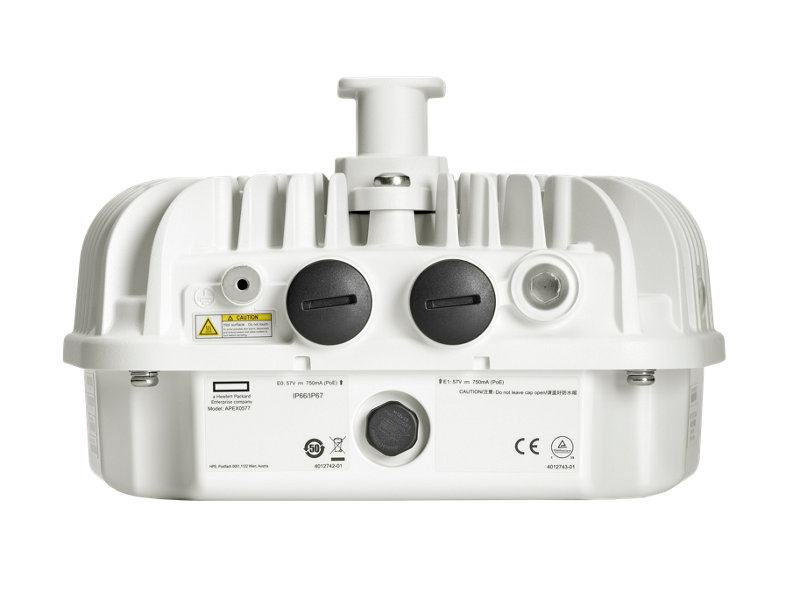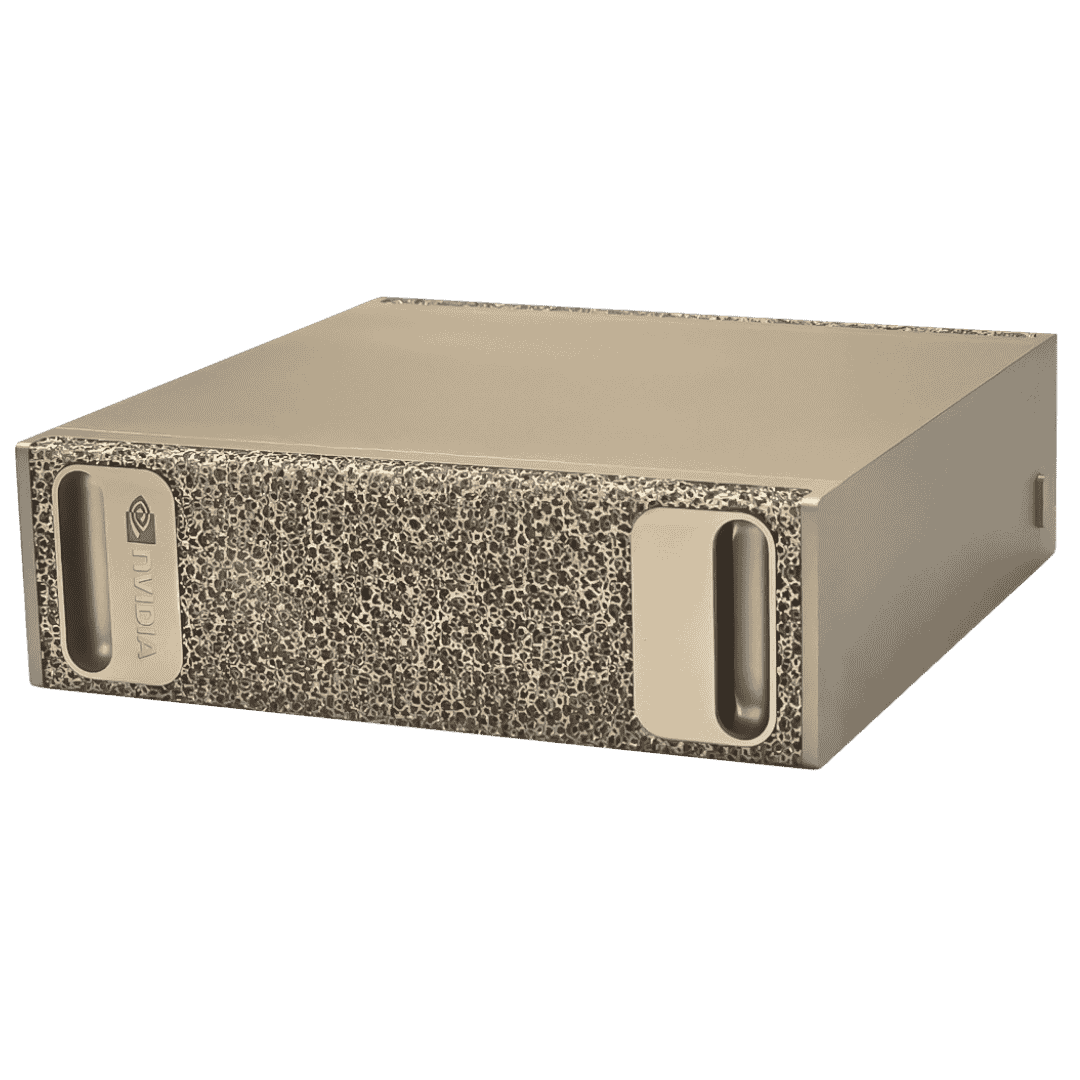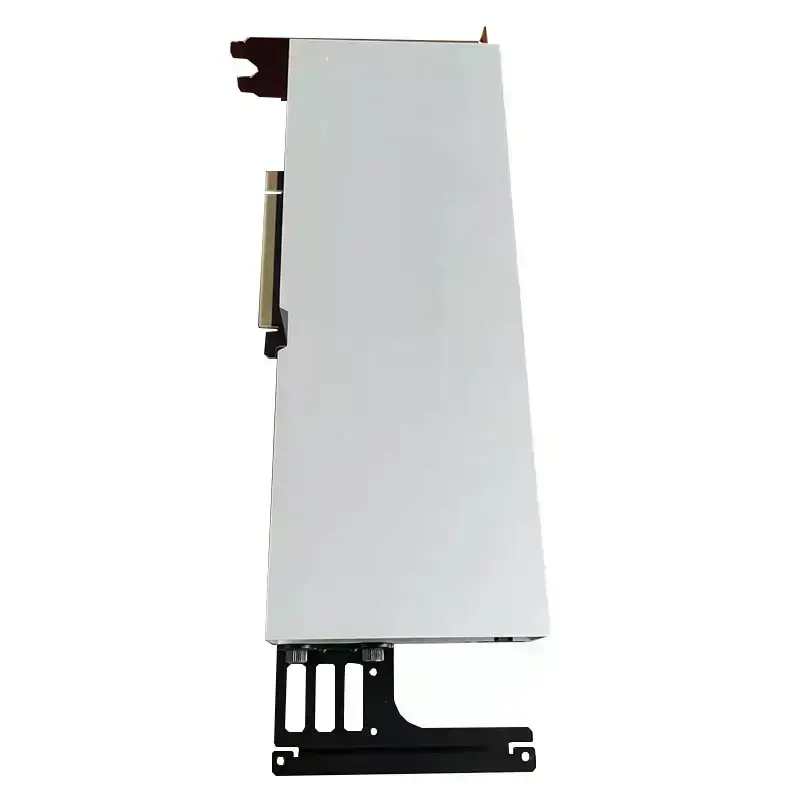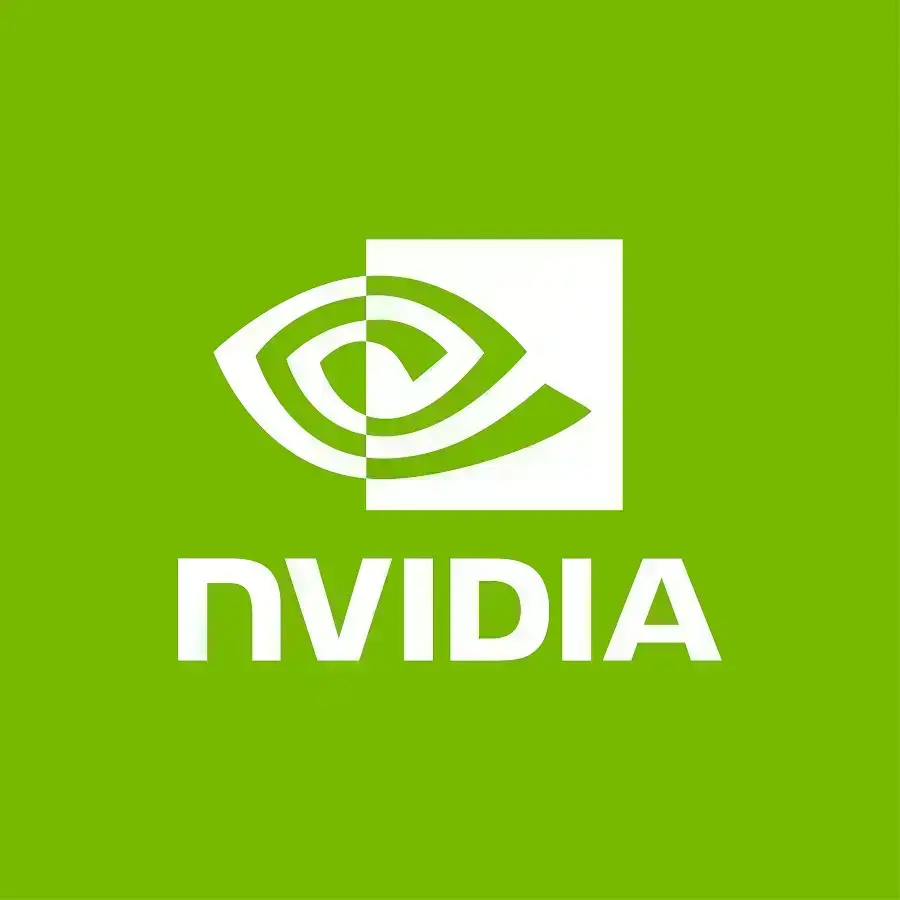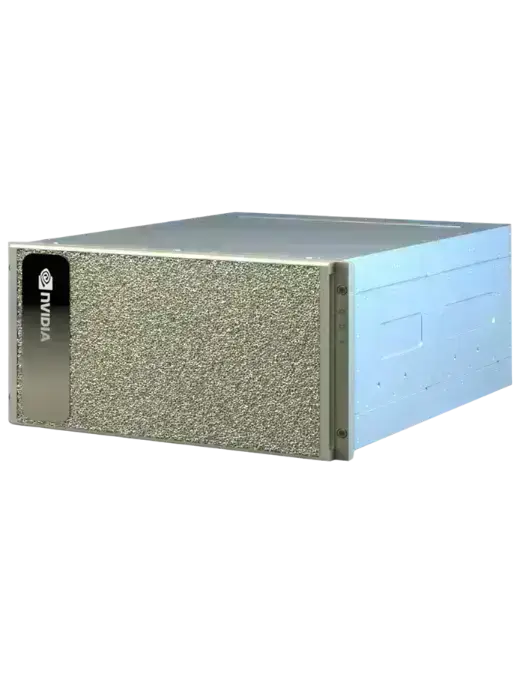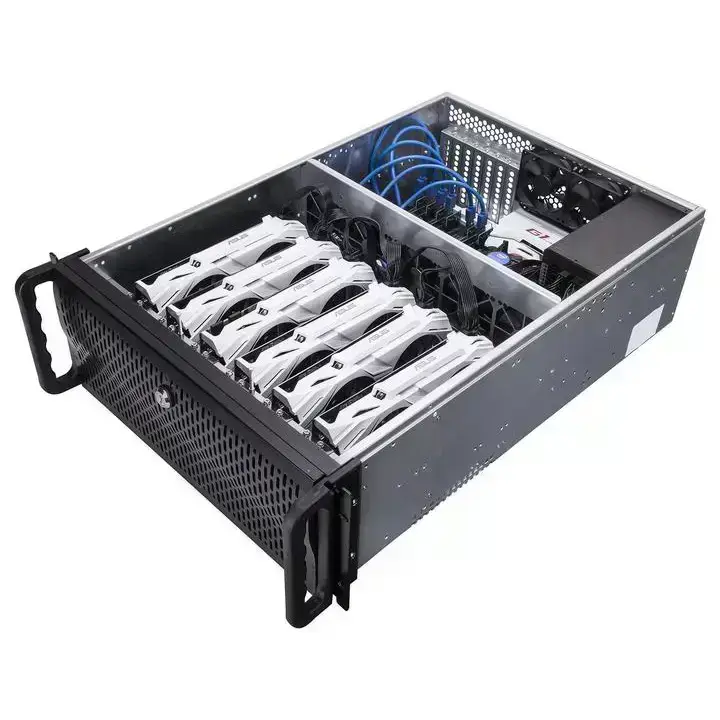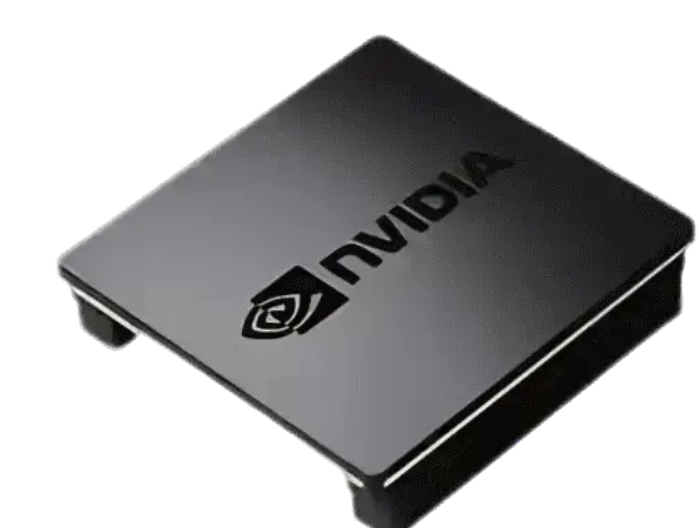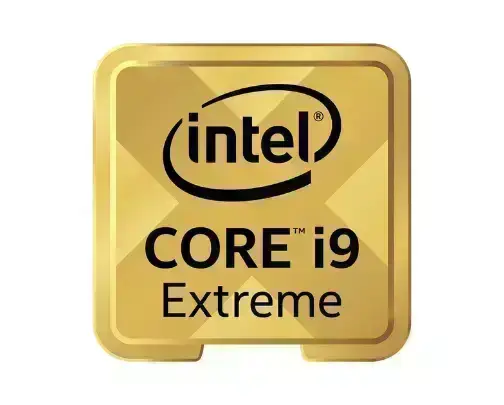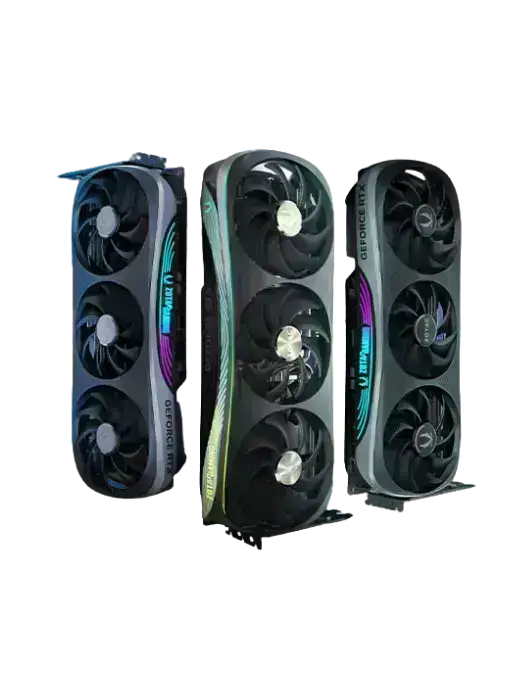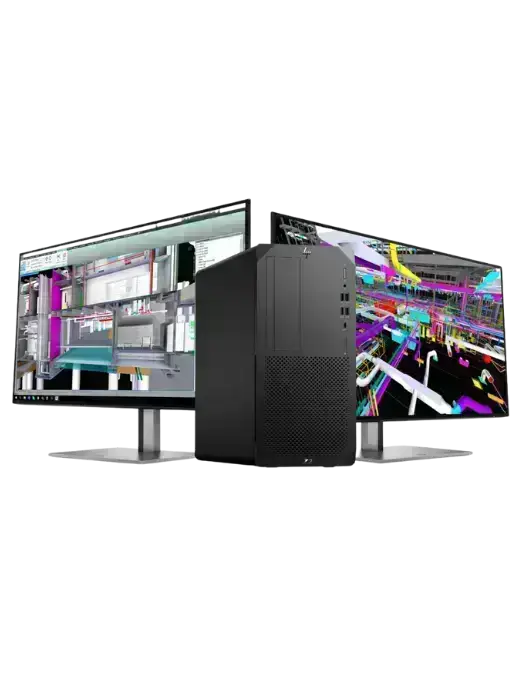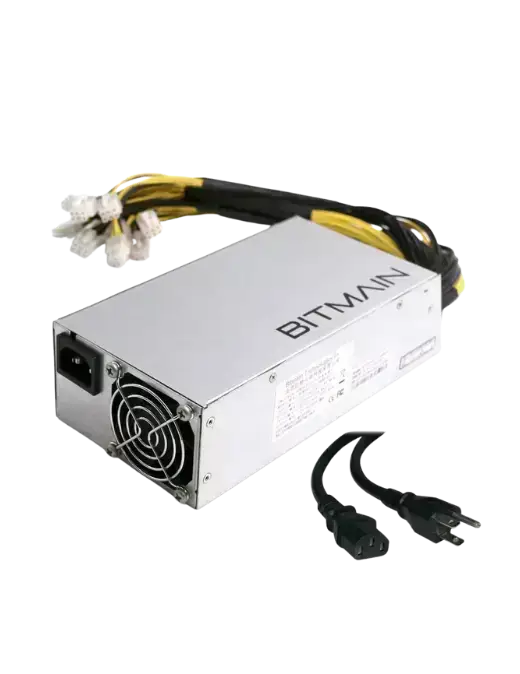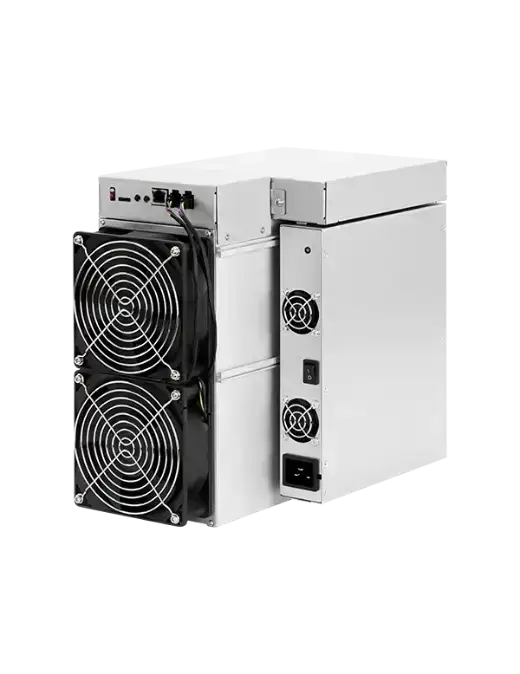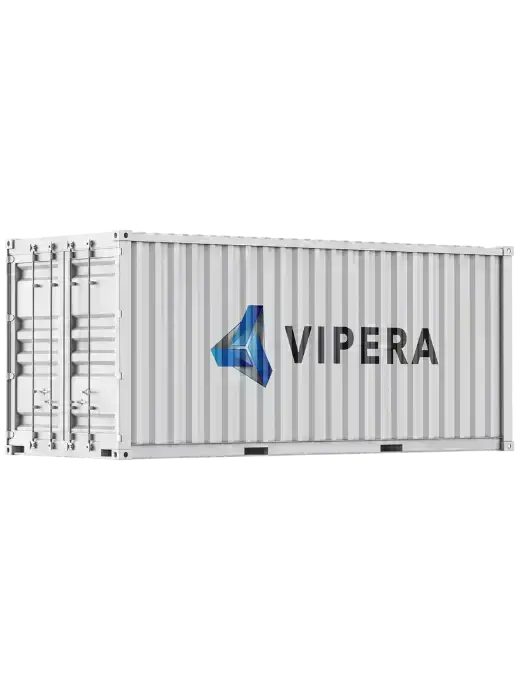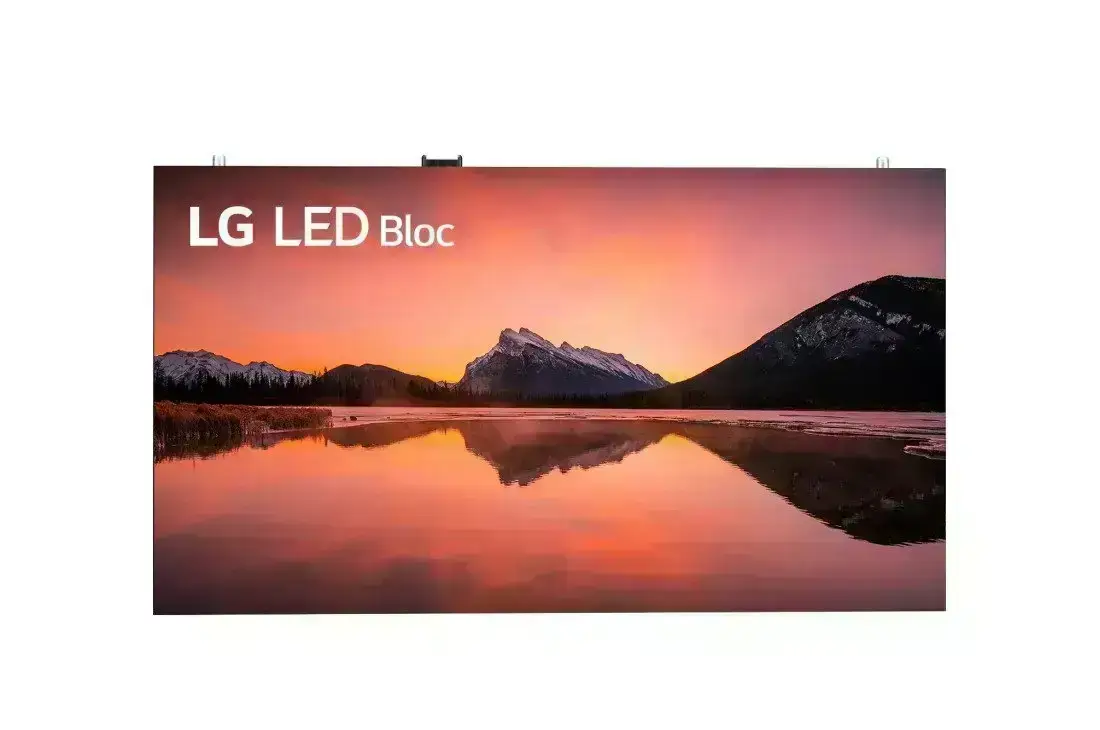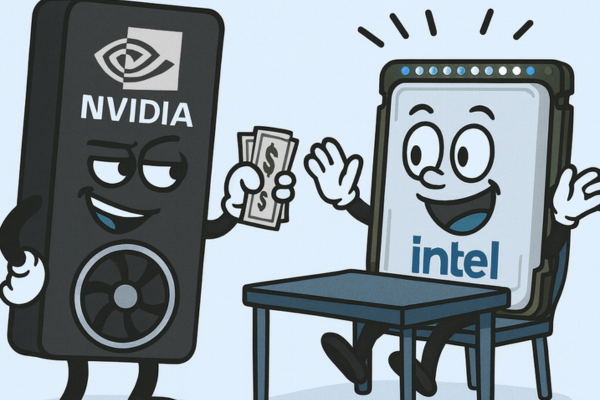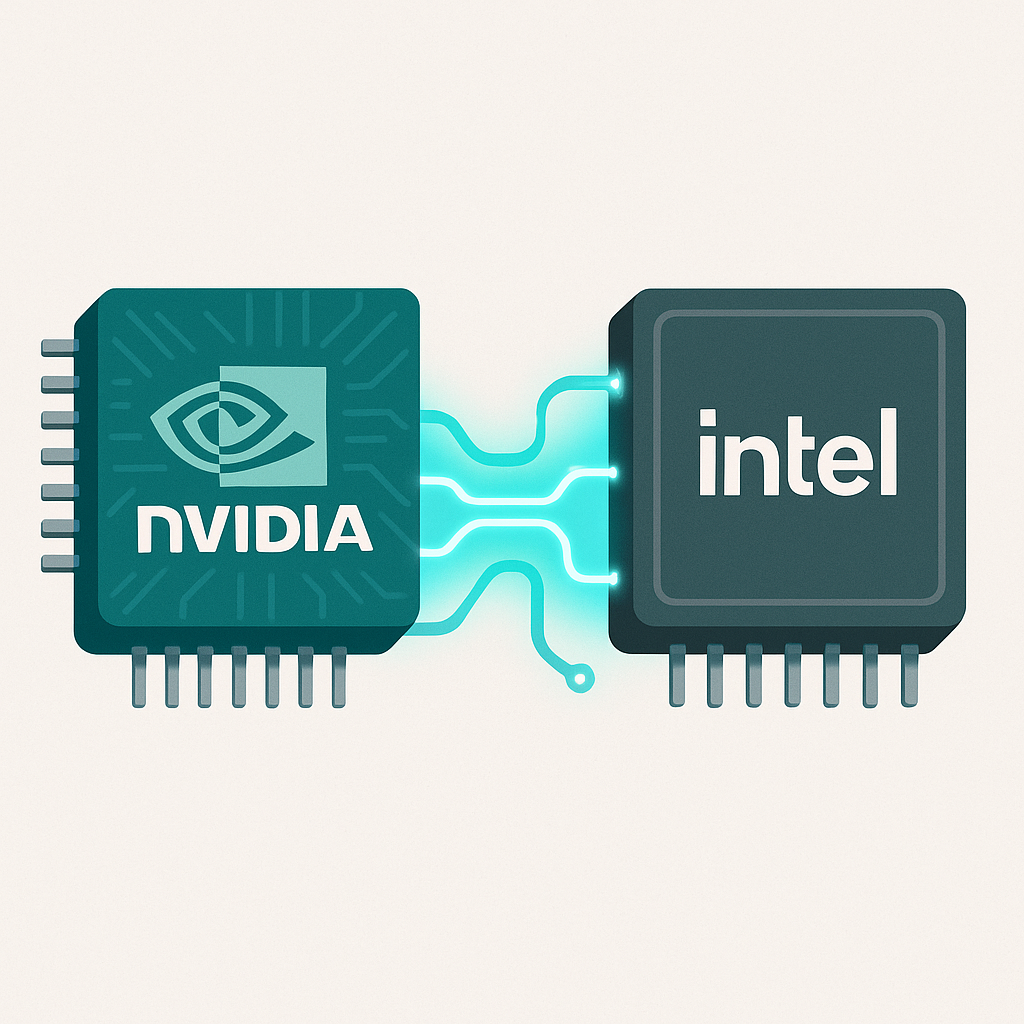NVIDIA’s US$5 billion investment in Intel is a deal that has ripples much bigger than a usual customer-supplier arrangement. Let’s unpack what this means, why it matters, and what to watch out for.
What the Deal Is
At surface level, the deal is about five major things:
1- Custom x86 CPUs for NVIDIA
Intel will design x86 CPUs tailored specifically for NVIDIA’s AI infrastructure. Rather than off-the-shelf chips, these will be tuned for NVIDIA’s needs.
2- Integrated SoCs with NVIDIA RTX GPU chiplets
Intel will also supply system-on-chips (SoCs) that embed NVIDIA’s RTX GPU chiplets, creating hybrid solutions. This points to tighter integration between CPU and GPU components in NVIDIA’s server or data center platforms.
3- NVIDIA’s flexibility & control in its data center stack
By doing more in hardware (custom CPU + hybrid SoCs), NVIDIA gains more control over its architecture, latency, performance, and likely costs.
4- Intel Foundry Services (IFS) under pressure
A big part of the motivation is for Intel to leverage this deal to scale up its foundry business, which is currently under-performing. Intel needs big volume, consistent clients, and capital to compete with the likes of TSMC and Samsung.
5- Strategic & national security implications
Because Intel’s foundry assets are considered important for U.S. defense, aerospace, and other sensitive sectors, this deal has implications beyond business: supply chain sovereignty, securing technology for critical infrastructure, and national competitiveness.

Why It’s Much Bigger Than Just NVIDIA + Intel
While NVIDIA clearly benefits, the broader context is what’s really interesting. Here are some of the strategic layers:
- Foundry scale & economics
Running a foundry is capital intensive. To make it cost-effective, you need high utilization, big volume, and a strong customer base. Intel has been raising capital expenditure (capex), but lacking big volume customers for its IFS hurts cost amortization. This deal gives Intel one anchor customer with big needs.
- Supply chain diversification & security
With rising geopolitical tensions, dependence on Asia-based fabs is seen as risky. U.S. policy (e.g. the CHIPS Act) is pushing for more domestic capacity, and Intel is a prime candidate for those efforts.
- Possible domino effects
NVIDIA’s investment could be the first of many. Companies like Qualcomm, Broadcom, Microsoft, Amazon, and Google might follow with their own commitments, helping Intel scale faster.
- Competitive pressure
For Intel, staying relevant in AI and cloud infrastructure requires more than CPUs — it’s about integrated systems. For NVIDIA, in-house control reduces latency, costs, and dependence on external vendors. For TSMC and Samsung, this signals that U.S. foundry competition might be becoming more serious.
Risks & Potential Weaknesses
It’s not all upside. Here are some of the risks:
- Technical challenges & time
Designing custom CPUs and integrating GPU chiplets in SoCs isn’t trivial. Performance, power, yield, integration overheads, and thermal issues must be solved. It may take years to fully mature.
- Scale & utilization
If Intel can’t attract more clients, the fixed costs per wafer/fab and the costs of new process nodes will weigh heavily. One large deal helps, but it usually isn’t enough.
- Competition remains fierce
TSMC, Samsung, and others are ahead in many leading-edge process technologies. Catching up requires not just fab capacity, but also process maturity, IP, and supply chain ecosystems.
- Policy / regulatory risk
Government support is critical, but policy also comes with conditions. Trade restrictions, tariffs, or export controls could disrupt access to materials or customers.
- Opportunity cost for NVIDIA
Committing to Intel’s foundry and custom CPUs consumes management focus, R&D, and capital. If alternatives like ARM or other foundries prove better, NVIDIA could be locked in.
Implications for the Industry & What to Watch
This deal has ripples. Here’s what to monitor over the next 1-5 years:
- Will more large fabless or cloud companies commit to Intel/IFS?
- What custom CPU + GPU hybrid SoCs emerge, and how do they compare in performance and efficiency?
- Can Intel’s foundry roadmap (nodes, yields, capacity) match TSMC and Samsung?
- Does IFS reach breakeven and improve its margins?
- How much support comes from U.S. government programs, defense contracts, and subsidies?
- How does this shift global semiconductor supply chains, especially in Asia?
- Broader Take: What This Says About the Tech Landscape in 2025
- Some takeaways and reflections:
- AI infrastructure demand is reshaping semiconductor strategies. Vertical integration matters.
- U.S. industrial policy is aligning with supply chain resilience and defense priorities.
- Leading-edge foundries remain strategic crown jewels in global competition.
- Collaboration between competitors may become more common to share the burden of exponential R&D costs.
Broader Take: What This Says About the Tech Landscape in 2025
Some takeaways and reflections:- AI infrastructure demand is reshaping semiconductor strategies.
- Vertical integration matters.U.S. industrial policy is aligning with supply chain resilience and defense priorities.
- Leading-edge foundries remain strategic crown jewels in global competition.
- Collaboration between competitors may become more common to share the burden of exponential R&D costs.
Conclusion
NVIDIA’s $5B bet on Intel is more than a financial deal, it’s a bet on domestic semiconductor capacity, tighter control over infrastructure, and the scale needed to compete globally. For NVIDIA, it means custom hardware and optimized platforms. For Intel, it’s a lifeline for its foundry ambitions. For the U.S. tech ecosystem, it signals that the era of serious foundry competition in AI and cloud has arrived.
